Yellow leaf margins on curcubits
skootsi
10 years ago
Related Stories
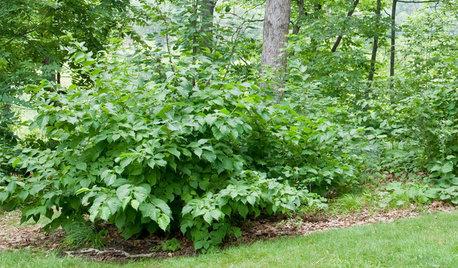
GARDENING GUIDESGreat Design Plant: Corylus Americana Awakens the Woodland Garden
Plant American hazelnut for three seasons of interest and to feed our furry and feathered friends
Full Story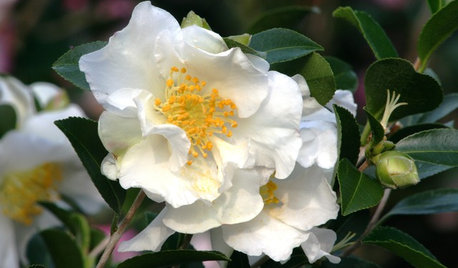
WINTER GARDENING6 Flowers for Gorgeous Winter Garden Color
Blooming beauties can be yours from January through March — just take your pick from these bulbs, shrubs and even a tree
Full Story
LANDSCAPE DESIGNGardening for Happy Kids
Foster creativity, self-esteem and more by designing your landscape with a sense of discovery
Full Story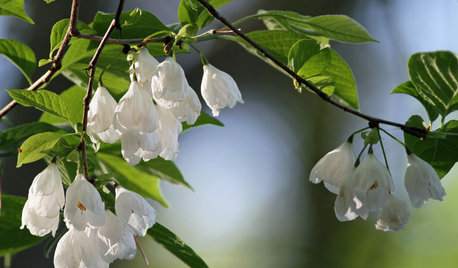
GARDENING GUIDESGreat Design Plant: Halesia Tetraptera
Carolina silverbell is a Southeastern native tree that adds spring blooms to a shady slope, a woodland edge or even a lawn
Full Story
KITCHEN DESIGN9 Kitchen Color Ideas With Staying Power
Stick to these classic color combinations for a kitchen that will never go out of style
Full Story
GARDENING FOR BUTTERFLIESGardening for the Bees, and Why It’s a Good Thing
When you discover how hard bees work for our food supply, you may never garden without them in mind again
Full Story
MOST POPULARHouzz Tour: Going Off the Grid in 140 Square Feet
WIth $40,000 and a vision of living more simply, a California designer builds her ‘forever’ home — a tiny house on wheels
Full Story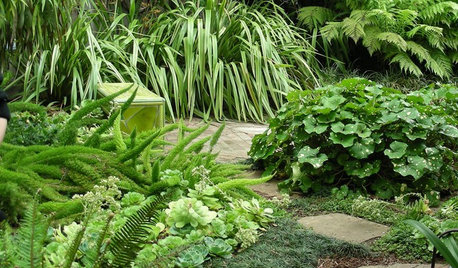
PLANTING IDEAS8 Sumptuous Shade Garden Plant Combinations
Enjoy these plant combinations made for spots with varying levels of shade and different garden zones
Full Story
GARDENING GUIDESWhat's Wrong With My Plant? Leaves Often Hold the Clues
Learn how to identify common plant ailments by reading their leaves
Full Story
GARDENING GUIDES7 New Plants to Grow for Beautiful Foliage
Add color, structure and interest to your garden with these recently introduced plants that sport exceptional foliage
Full Story





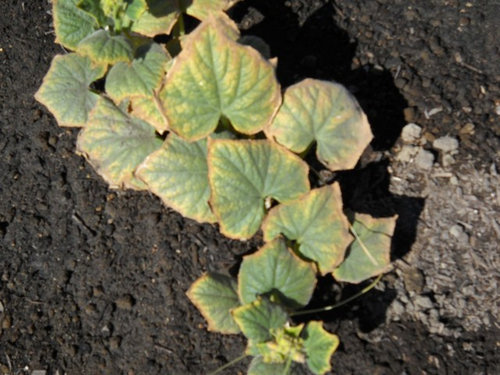
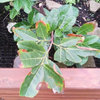
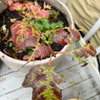
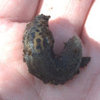
ronalawn82
ken_adrian Adrian MI cold Z5
Related Professionals
East Patchogue Landscape Architects & Landscape Designers · Braintree Landscape Contractors · Broadlands Landscape Contractors · Brunswick Landscape Contractors · Caldwell Landscape Contractors · Deerfield Beach Landscape Contractors · Fort Hunt Landscape Contractors · Mason Landscape Contractors · Paterson Landscape Contractors · Riverhead Landscape Contractors · Soddy Daisy Landscape Contractors · Wanaque Landscape Contractors · Wentzville Landscape Contractors · Palos Hills Landscape Contractors · Ansonia Landscape Contractorsjean001a
calliope
ronalawn82
calliope
jean001a
ronalawn82
jean001a
Kimmsr
skootsiOriginal Author
Kimmsr
skootsiOriginal Author
Kimmsr